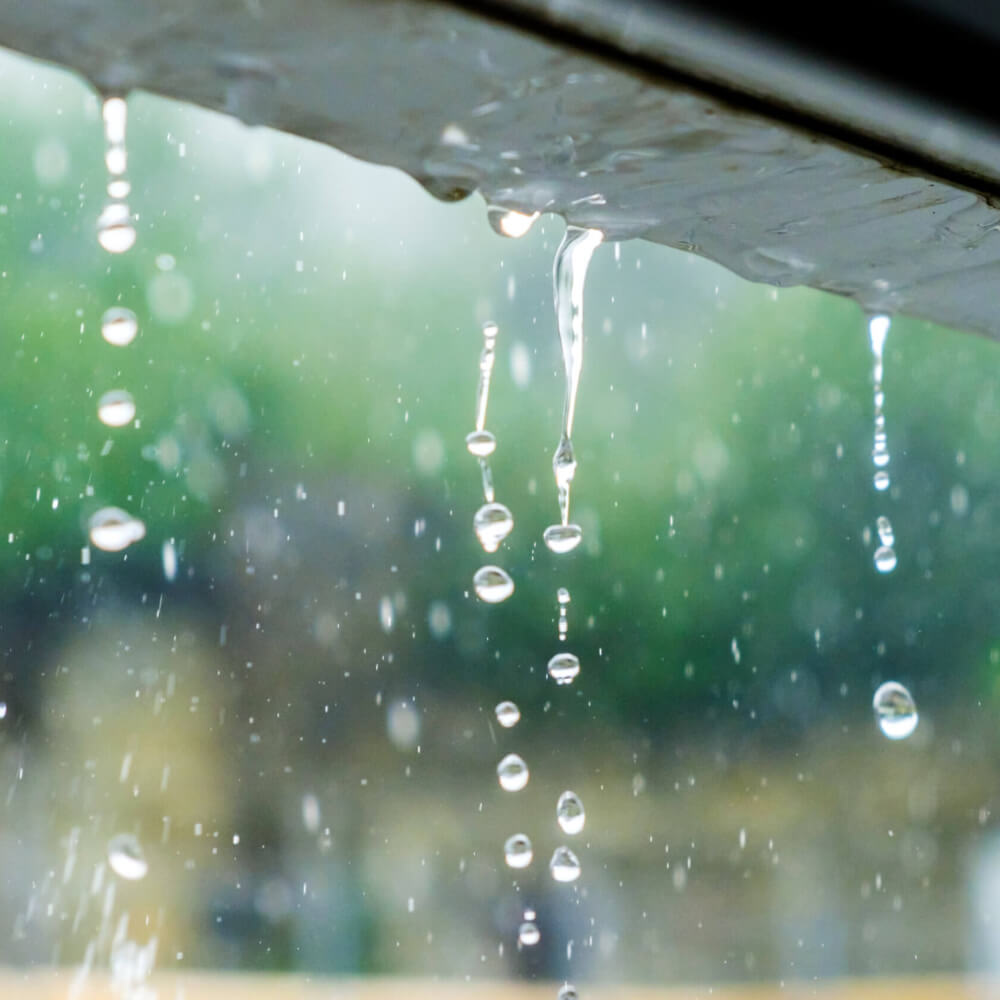

How to Stop a Roof Leak in the Rain: 7 Key Tips
Roofing tar is just one way to stop a roof leak in the rain among the seven key tips in this article.

Have you noticed a leak in your ceiling after a recent rainstorm? Are you looking for new ways to keep the inside of your home dry and clean on a regular basis?
If so, then it is important for you to understand the process of how to stop a roof leak. You must consider factors from outside and inside that make it easy for water to enter your home.
With our knowledge of roofing, you will be able to get your roof back into shape and create a dryer, more comfortable environment inside your home.
Here are seven key tips for how to stop a roof leak in the rain.
1. Find the Source
In order to prevent a ceiling leaking from rain, you must understand what is allowing water to get into your home. This will save you time and money on tools needed for repairs and fixing multiple leaks.
First, check on your roof to clarify if it’s allowing rain to come in, and not any other problems. Other potential sources for leaks include clogged gutters, pest infestation, and issues with plumbing, heating, and cooling units.
Check on the tiles and drywall in your roof and ceiling to see if there is any damage. If there is a lack of alignment in the areas you inspect, then it may be common for leaks to occur there.
2. Clear the Area
Once you have an idea of where the leak is coming from, you can prepare the area for repairs. By clearing out the area where water would come in, you can stop roof leak damage and know quickly if a leak is present.
You can mop the wet area under the leak and place pails to catch extra water coming through the roof. Suction hoses come in handy for leaks that are coming through a floor above you.
Don’t forget to move furniture and other appliances out of the way of the leak. If the furniture is too heavy or difficult to move, then cover it with plastic covers to keep them dry.
3. Apply Roofing Tar
In addressing how to fix a leaking roof from the inside, you must first asses the outside of your home. One way to do that is by keeping the roof tiles in good shape.
That’s where roofing tar patches, which work best for removable tiles, can help. You can take the tiles off to find internal leaks, and roofing tar can seal the leak in the inner ceiling.
Roofing tar can perform better with support from material such as a piece of shingle or plywood. You can push the shingle or plywood against the area with the leak and then apply the roofing tar to keep the spot dry.
4. Use PE Plastic
Some covering material is best suited for leaks where the source is harder to find. A prime example is polyethylene (PE) plastic, which can limit the amount of space affected by leaks and can catch water trying to get in.
All you need is a ruler to measure how much PE plastic you need to cover the leaking area. We advise giving your plastic three to four extra feet to minimize future leaks as much as possible.
Next, use staples to attach the plastic to the area and then nails to keep the plastic in place. Keep your PE plastic as thick as possible so that you can shield your rooms from as much water as possible.
5. Install New Shingles
The condition of your shingles also affects how effective your roof can stop a leak. Shingles with curls, bruises, and pieces missing make it easier for water to get into your home from the outside.
Make sure to wear proper safety gloves to avoid cuts when removing older shingles. Before you climb up the ladder to get to the leaking area, put on rubber boots to avoid slipping.
Remove the old and broken shingles with a straight edge and hammer’s nail removal hook and apply the replacement with nails and roofing tar. This works best as a temporary fix until you find a more durable shield from the rain.
6. Use Tarpaulins
Some of you may expect a storm tomorrow and need a quick fix to your roof leak. One method is to install a tarpaulin, which can cover up areas that you suspect to have exterior leaks.
The size of the tarp that you use may depend on the number of leaks you’re dealing with, as well as the size of your roof. Using multiple tarps comes in handy for a roof that is too big for just multiple leaks and leaks in different spots.
We recommend anchoring the tarp with heavy concrete blocks as well as extending it over the ridge to keep the tarp in place, especially for storms with heavy rain and strong winds. Nails can also help in case you are dealing with a mild storm.
7. Seal Joints
Your chances of dealing with a roof leak may increase if they come from joints on your roof. Rainwater can find ways to enter your home through gaps as well as chalk and aluminum flashing in areas where surfaces join.
These areas often include chimneys and valleys, and you can close them with roof sealant or cement. However, make sure the area is dry and debris-free before applying the sealant.
Save the sealant for smaller leaks and use new flashing to deal with larger cracks in your roof. Knowing which tools to use will reduce future issues and save you money on getting a new roof in the future.
When You Need To Stop A Roof Leak
The best way to stop a roof leak is to understand exactly what is causing it so that you can prevent your home from experiencing more in the future.
Some cover options are best suited for short-term protection, while others help your roof keep your interior dry in the long term. It also helps to know what kind of storms you expect to deal with.
With these tips, you can enjoy dry rooms before, during, and after rainstorms.
If you have a roofing issue, please give us a call at 402-616-7304 today!